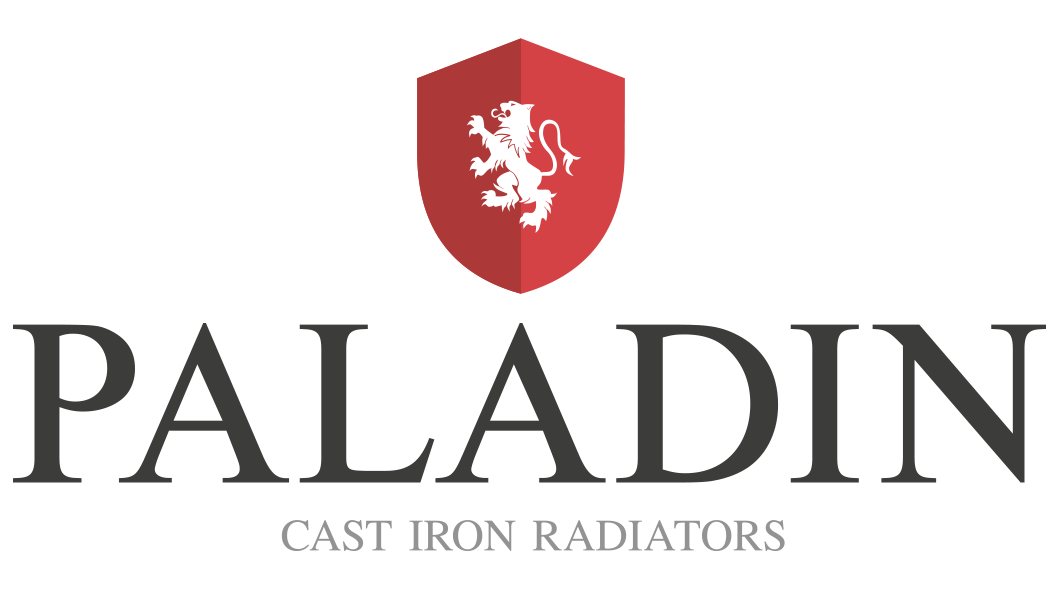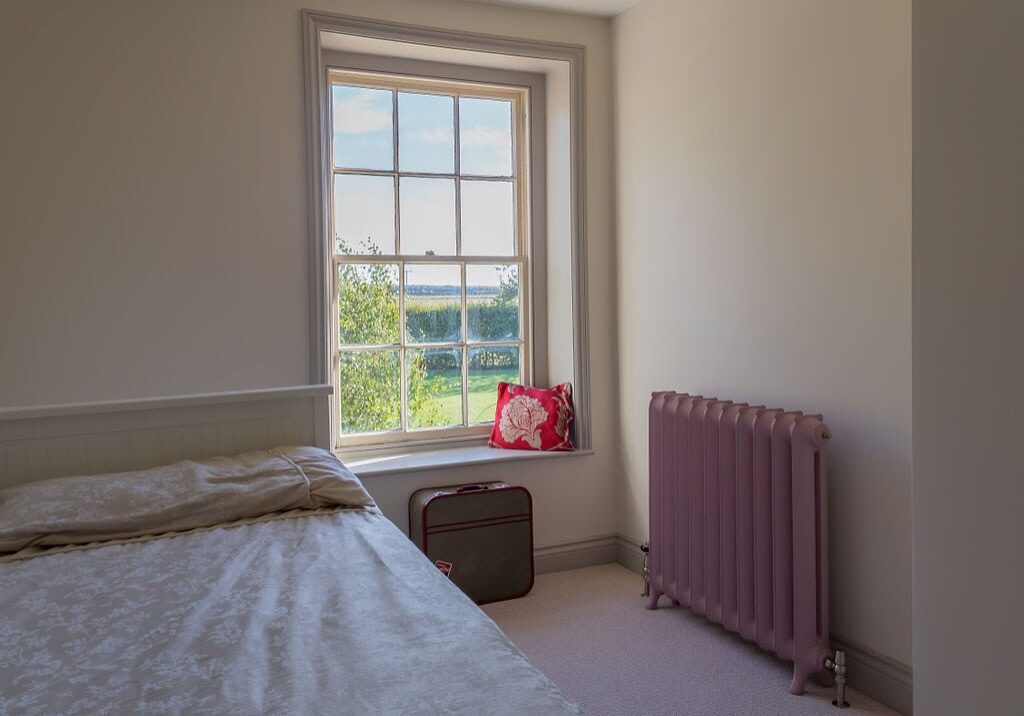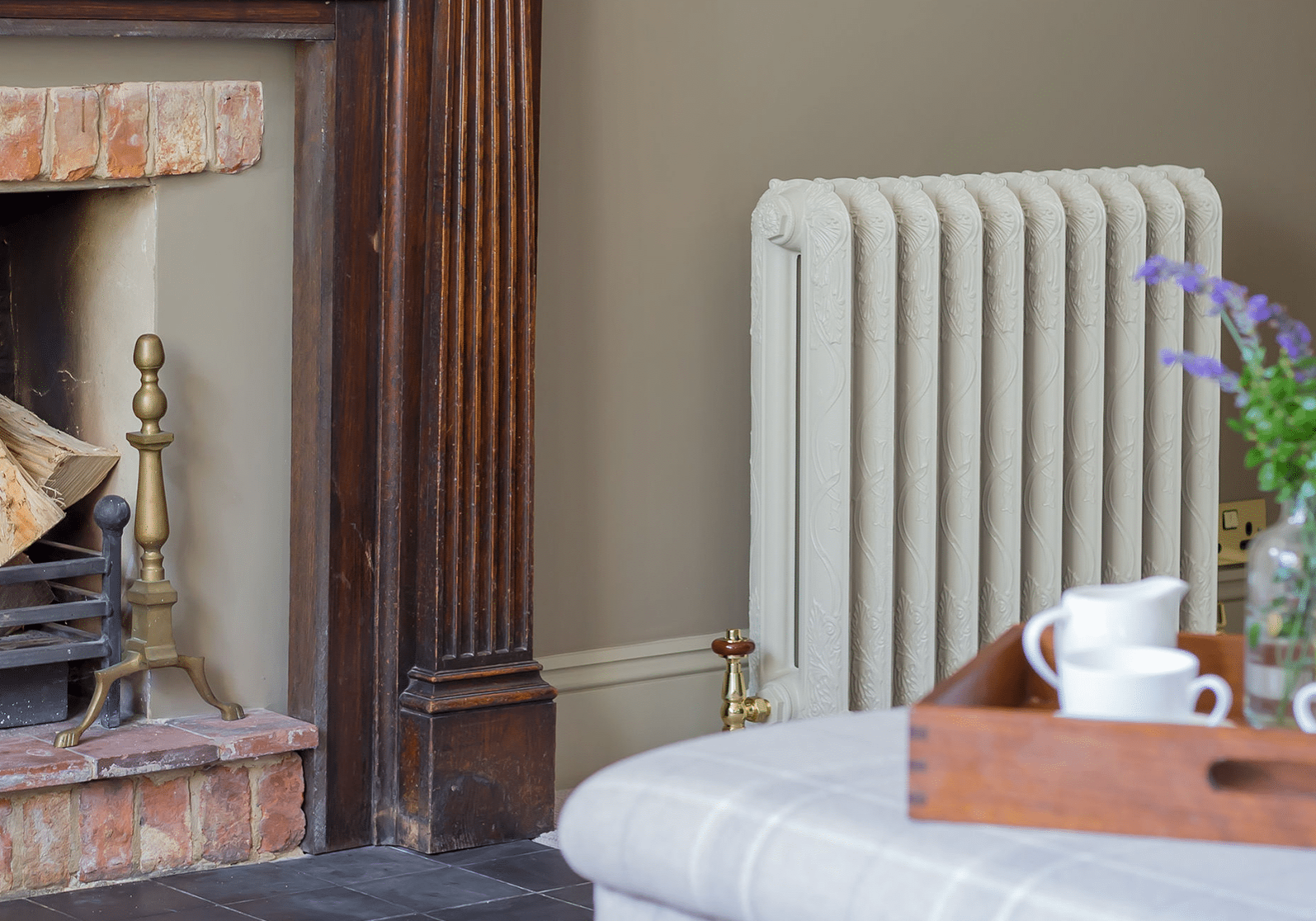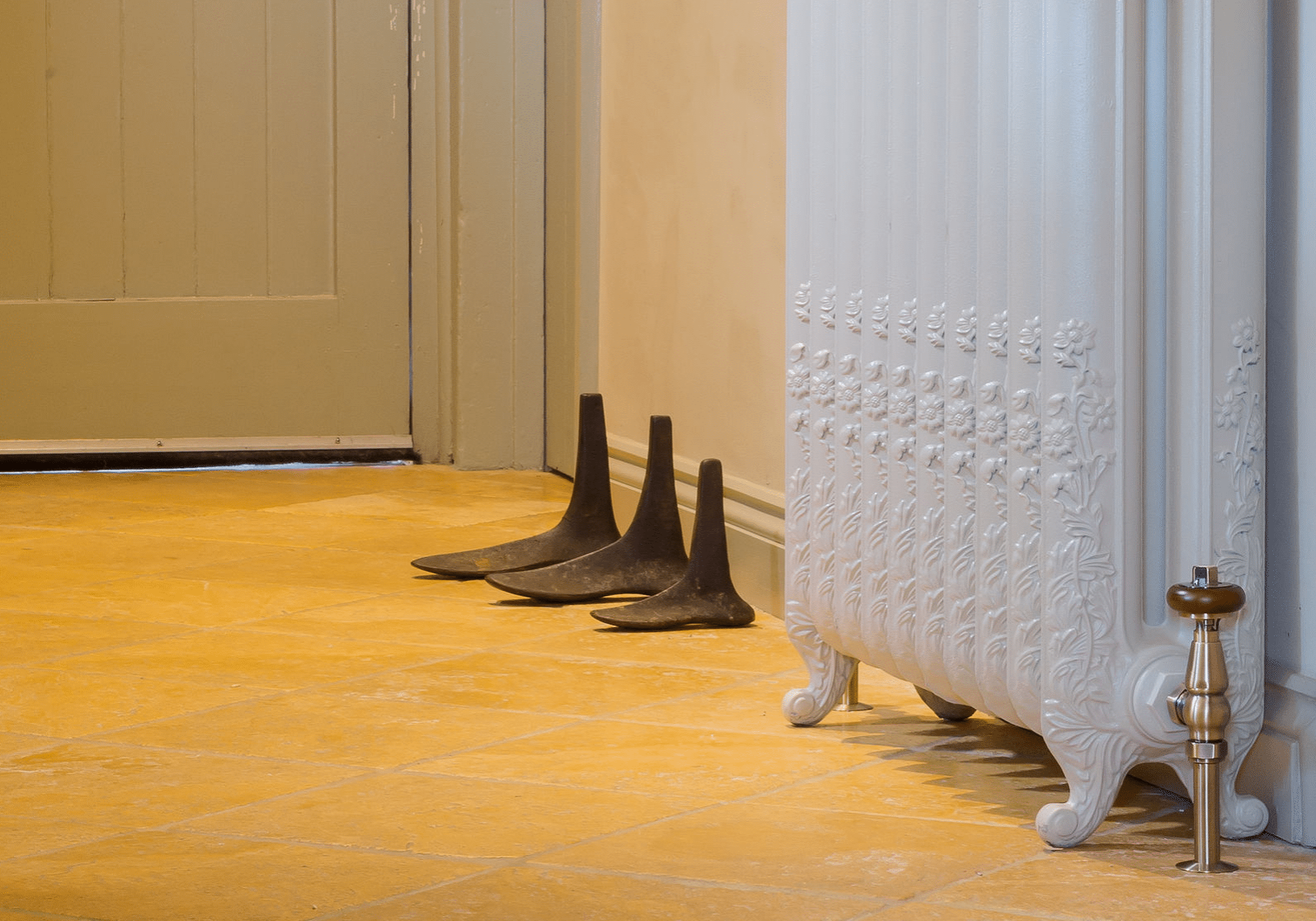How Bleeding Your Radiator Can Save Householders Up To £1,000 A Year On Bills
Householders could save up to a cool £1,000 a year if they learned to bleed their own radiators.
Are your radiators not heating up all the way to the top? Are you perhaps hearing gurgling now and again? Then it could be a case of air trapped in your radiators, which can affect a radiator’s ability to heat up properly.
It’s a well known fact that you should regularly check your radiators for performance, particularly when we get colder winters. The cost of calling out a plumber or heating engineer could be up to around £1,000 depending on the size of your home and what kind of heating system you have in place.
If you think your heating isn’t quite as effective this year, it’s likely air is trapped in pockets inside the radiator. If that is the case, then you may need to bleed your radiators. This is a key part of radiator care but is one that a lot of people dread or simply avoid as it seems such a daunting task.
Here’s how to do it:
Before you start, you’ll need a radiator bleed key. These are simple, common tools available from DIY stores or you may have one floating around in a toolbox. They are generally a hollow-tipped butterfly design.
- Turn off all radiators in your home and ensure they are cold. You don’t want to be sprayed with hot water.
- Locate the bleed valve – often found on the side of the radiator – and place an old cloth or rag just under it (this is because water may leak out during bleeding and you don’t want to ruin your flooring).
- Insert the bleed key into the valve. Have a firm grip and treat it like turning a screw, use your whole arm as support, not just your wrist.
- Turn the bleed key anti-clockwise until you open the valve and air starts escaping (you should hear a hissing noise).
- Water will start to escape from the valve. As soon as this happens, turn the bleed key clockwise to re-tighten and close the valve. If you’ve hit water, the radiator has been bled effectively
- Repeat this process on all radiators that require your attention (remember to start with the radiator furthest away from the boiler).
- Turn your heating back on and check if your radiators are now heating up correctly.
If you need to bleed a cast iron radiator, the standard way is actually with a flat-headed screwdriver. Some of you out there may also have a wheel for bleeding too, in that case it will prove a lot easier.
And there you have it! It’s really that simple. If problems persist, then you may need to call a plumber to take a look at your boiler or central heating system and radiator maintenance.
If your radiators are cold at the bottom but hot at the top, you may have some silt, sludge or other blockage in your pipes. This is a bit more serious and you’ll need someone qualified to flush or drain your system, it’s best to hire professional services to do this.
If your heating is turned on and other radiators are working fine, but one radiator is refusing to heat up, you may have some stuck or frozen valves. This will be stopping water from getting into the radiator at all. This could also be a blockage from sludge and impurities in the water. This can also be a system balancing issue, which can potentially be fixed without assistance from a plumber or heating engineer but does require some expertise.
In some cases, there may be a bigger problem going back to issues with your boiler. In these kinds of situations, we recommend you ask a Gas Safe registered engineer to intervene or at least investigate. You might need to have your central heating system power flushed which is a more costly job.
Remember, noisy radiators are generally not a problem. If you hear clicks or creaks this is completely normal, it will simply be a radiator expanding due to heat slightly. The same can be said for piping under floorboards. If you find a radiator hissing or the sound of air, just make sure you finish the bleeding properly and close the bleed valve tightly.
Any leaks need to be dealt with by a plumber, if you can, switch off the radiator valves that feed the water and lay down some trays to catch any leaks. This may have been caused by corrosion or age and is best dealt with right away.
“I want to say thanks and how fantastic the radiators look along with the cast quality and the excellent painting and polishing finish. I now can’t wait to get them installed! Many thanks again for all your help and assistance.”
“Thank you for all your help, we will definitely recommend Paladin to anyone we know who is looking for cast iron radiators and will get in touch when we’re needing radiators for our ground floor.”





